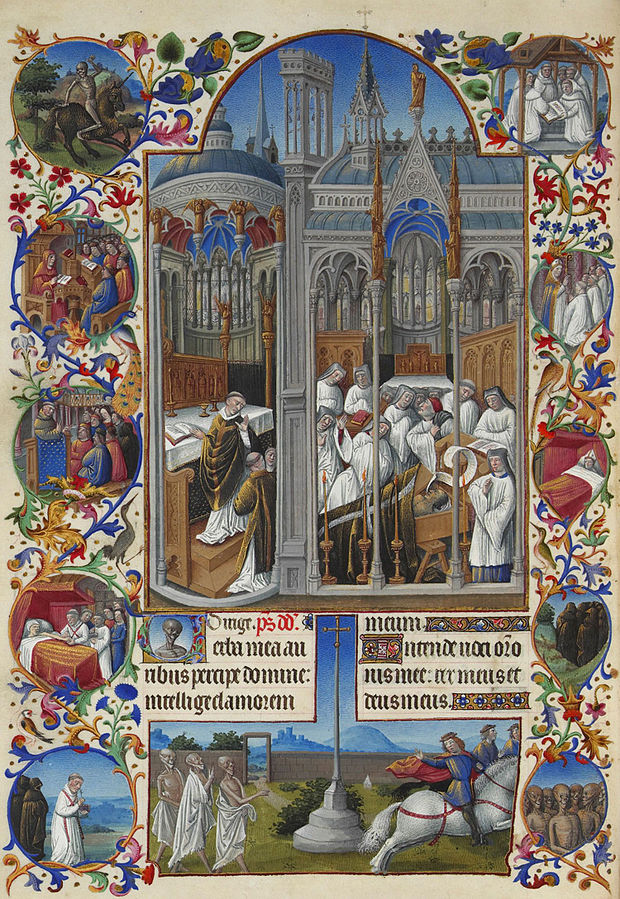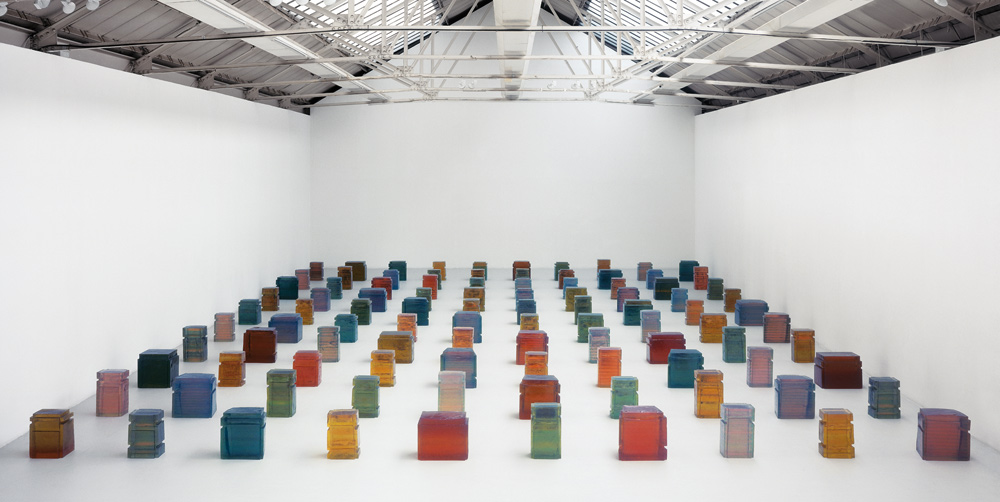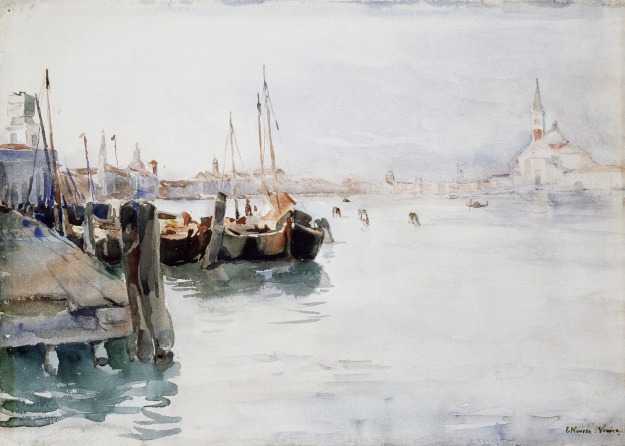When I was thinking about how I tend to return again and again to the same flowers to draw or paint them, I was interested to find a review by Andrew Lambirthin The Spectator of 2nd January 2010 of William Feaver's monograph of the artist, Frank Auerbach. The review was entitled "Master of Accretion", and in the review, Lambirth wrote: "Painting the same subjects does not produce staleness and repetition, nor the contempt traditionally ascribed to familiarity. In fact, Auerbach states that 'to paint the same head over and over leads to unfamiliarity; eventually you get near the raw truth about it.'"
Catherine Lampert, 1986, Frank Auerbach:
Frank Auerbach: Speaking and Painting by Catherine Lampert, book review: Portrait of the artist as no ordinary man (Image courtsy of Malborough Fine Art)
Feaver, a noted author of books on artists ranging from Lucien Freud to Van Gogh, comments, "Constancy makes for opportunity and feeds the impetus for surprise. Then it's a matter of focus and nerve."
It is true, I think, for all subjects in art. The more you delve into a subject, drawing and painting it time and time again, in different lights, in different circumstances and places, the more you realise that you still have a great deal to learn about it. Perhaps that is the addictive magic of art - it is a constant voyage of discovery. Even if you understand how things "fit together" in, say, a flower, each time nature produces some slight difference, some surprise. It all keeps one on one's toes, and reminds one of the need of careful observation, without taking anything for granted. Even if one does not work as Frank Auerbach does, with paintings that are built up and up over a long period of time, perhaps with scrapings down again, but all representing a huge psychic and physical effort, you can still work layer upon layer of experience in art. Even drawings done again and again of the same subject afford deeper insights and surprises.
I illustrated my previous post about every artist having favourite flowers with a silverpoint drawing I did of a head of Regale Lilies. These fragrant lilies were growing in one pot. In another pot was growing another Regale Lily, whose bulb had been purchased at the same time and grown in exactly the same way.
Yet one lily produced tight bunches on the head of flowers; the other produced single, far more open flowers, with leaves down the stem that were completely different from the other plants.
Lilium candidium - so sweetly perfumed, silverpoint, Jeannine Cook aertist
Only when I drew them and studied them closely did the differences become really apparent. A casual glance, even an admiring glance, would not have revealed such variations in habit of growth. It taught me to look far more closely at each lily as it grows and flowers.
Lilium candidium - silverpoint, Jeannine Cook artist
No wonder Frank Auerbach became such a assiduous student of the same subjects for his art. I am sure he must find it incredibly rewarding. I certainly do, in my drawings that I return to again and again - the delights of nature are unending!
























